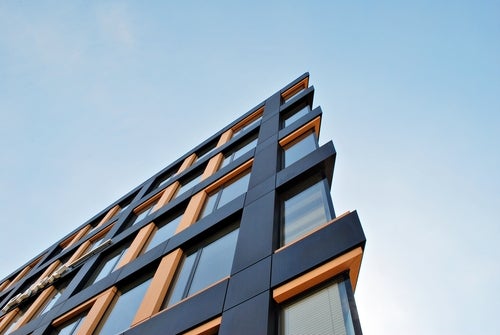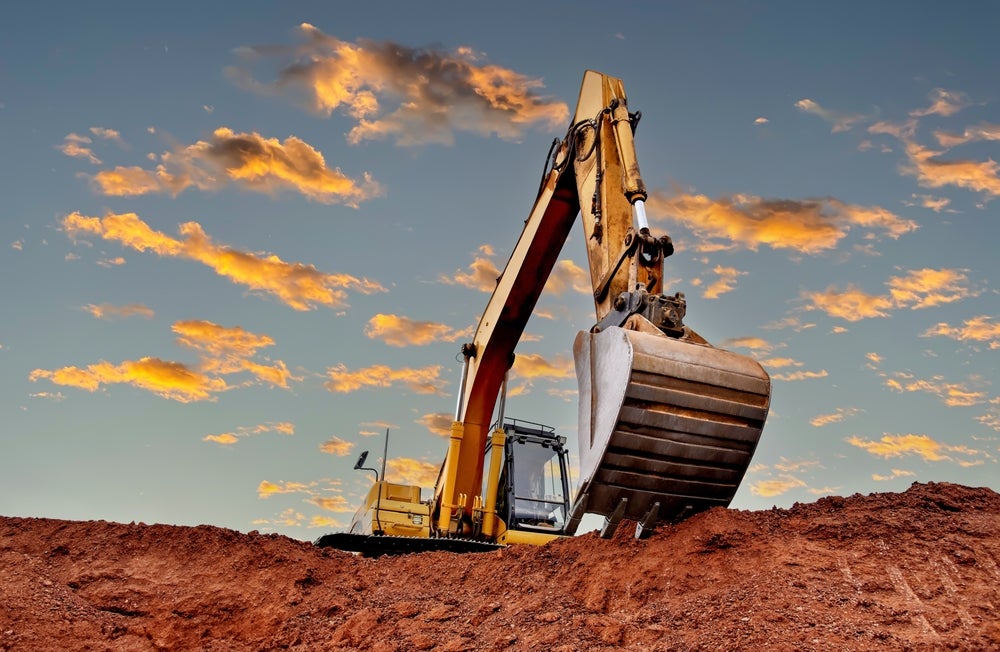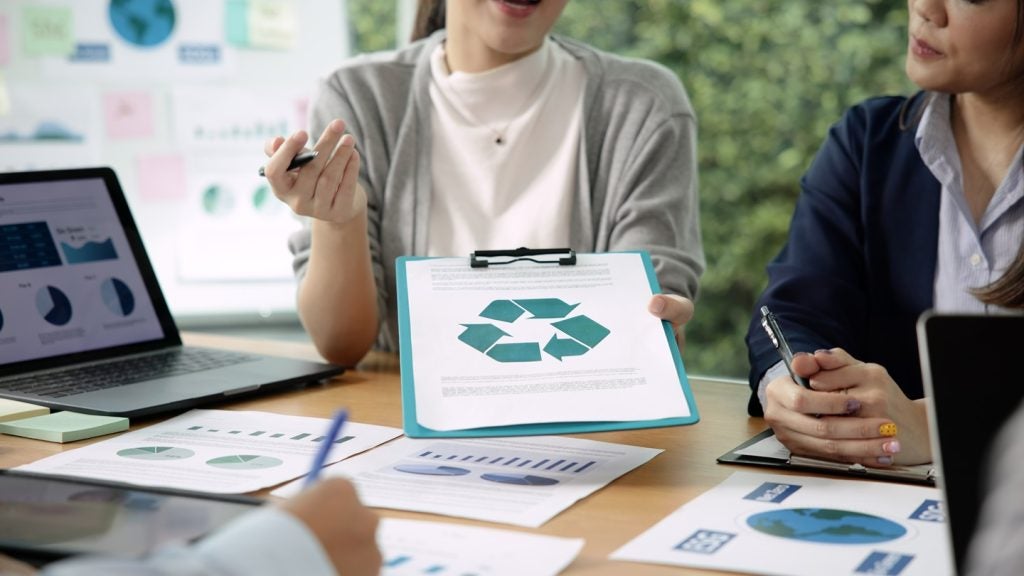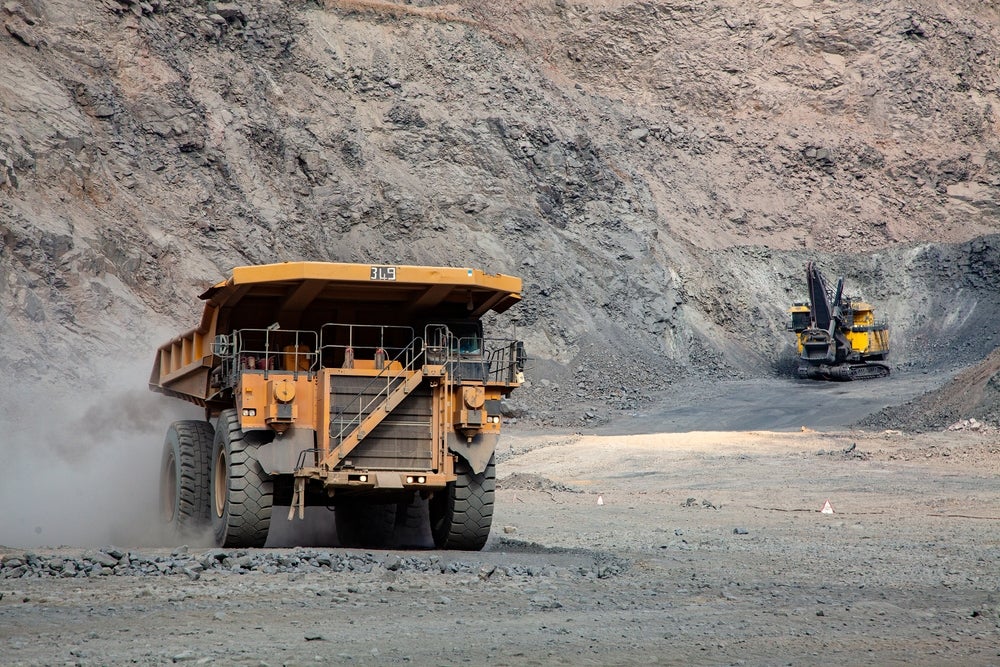
The urgent need for businesses to transform and innovate is presenting opportunities for equipment leasing in commercial property development. Gregory Autin, the organiser of HDI Vienna 2021, considers areas where equipment finance companies can benefit in a post-pandemic world.
The corona pandemic has caused a paradigm shift in the way people live, work and play and how businesses operate. Few industries have been hit harder than the commercial real estate (CRE) and hospitality.
Millions have lost their jobs and cannot pay their credit cards or loans. The hospitality industry is virtually shut down, tenants skip rent payments, and landlords cannot keep up with their mortgages.
The pandemic is expected to impact short- and medium-term growth across key sectors. For 2020, S&P Global forecasts a decline in GDP of 7.2%, 3.9% and 2% for the eurozone, Asia-Pacific and the US, respectively. Recovery to pre-crisis levels is anticipated for all economies only as of Q3 2021.
The sectors most at risk include construction, hospitality (accommodation and food services), tourism and culture, transport equipment, wholesale and retail trade, aviation, and real estate services. Among property types, the most severely impacted are hotels, offices, and retail.
Distressed CRE loans are on the rise and lenders have tightened lending standards. The US commercial mortgage-backed securities (CMBS) delinquency rate reached an all-time high of 10.3% in June, driven largely by hotels at 23% and retail at 15%.
How well do you really know your competitors?
Access the most comprehensive Company Profiles on the market, powered by GlobalData. Save hours of research. Gain competitive edge.

Thank you!
Your download email will arrive shortly
Not ready to buy yet? Download a free sample
We are confident about the unique quality of our Company Profiles. However, we want you to make the most beneficial decision for your business, so we offer a free sample that you can download by submitting the below form
By GlobalDataAs a result of extensive lockdowns, CRE companies have closed physical facilities and are digitising operations. In preparation for reopening, property owners and operators are equipping facilities to ensure the health and safety of employees and occupiers while considering the financial health of tenants and end-users.
Equipment procurement
With a view towards recovery, new opportunities are appearing for finance companies. Leasing can play an important role in equipping the construction and hospitality industries for a sustainable future.
In response to the Covid-19 crisis, businesses are rethinking the equipment on their properties in their adapting to the disruptive and changing economic conditions. Hotels, for example, are implementing keyless operations, “roomier” layouts for events, and other measures to ensure the safety of guests and staff.
Property developers commonly build out property on a build-to-suit turn-key basis to operators’ specifications and provide interior finishes, mechanical systems, furniture, fixtures & equipment (FF&E), and operating supplies & equipment (OS&E). Alternatively, developers may build to shell and core and leave the tenant to fit out the space.
The mechanical system is the infrastructure for the base building that are fundamental for occupancy and use of the facilities, which the developer designs, constructs and includes in construction costs. It encompasses building automation system (BAS), HVAC system, electrical system, plumbing and piping system, and energy-saving systems.
FF&E is the movable furniture, fixtures or other equipment that have no permanent connection to the structure of a building or utilities. OS&E is the operating equipment that is manufactured off-site and typically does not require installation, including a wide range of non-consumable supplies and small equipment. Whether the costs of FF&E or OS&E are shared between the property owner and operator is subject to the property operating agreement. The equipment for property development is provided by the manufacturers and vendors of the mechanical systems, FF&E, and OS&E. They commonly facilitate the assets’ financing through point-of-sale financing or equipment leasing.
The assets’ whole-life costing includes the cost of operating, maintaining and disposal of the equipment at the end of the asset’s useful economic life is. These are further considerations for the leasing of the equipment used in development projects.
Equipment financing
Operating equipment is commonly externally financed. Equipment leasing is external financing of equipment that is purchased and owned by the lessor but possessed and used by the lessee generally for most of the asset’s useful economic life, for which the lessor receives payment.
There are several reasons for equipment leasing instead of the outright purchase of assets, including tax benefits and sustaining cash-flow health. Equipment leasing also allows for the servicing, maintenance, and asset upgrading and replacement in the event of obsolescence, malfunction or the end of its useful life.
FF&E is capitalised and expensed (depreciated) over the asset’s economic useful life and matched with the lease payments and cash flow. OS&E that is not capitalized is expensed when purchased.
Vendor leasing supports the sales activities of equipment manufacturers, dealers and retailers. Equipment leasing is offered by manufacturers and vendors through bank, captive and independent lessors in conjunction with the sale of their products.
Bank and independent lessors underwrite the leases of the vendors and source large volumes of business through vendor programmes. Manufacturers and vendors commonly provide leasing through their captives or source business to lease underwriters by introducing customers to them.
The Hotel Development & Investment workshop/forum 12-13 April 2021 in Vienna, Austria, will explore the role of equipment leasing in property development projects during the recovery phase of the coronavirus pandemic and beyond.







